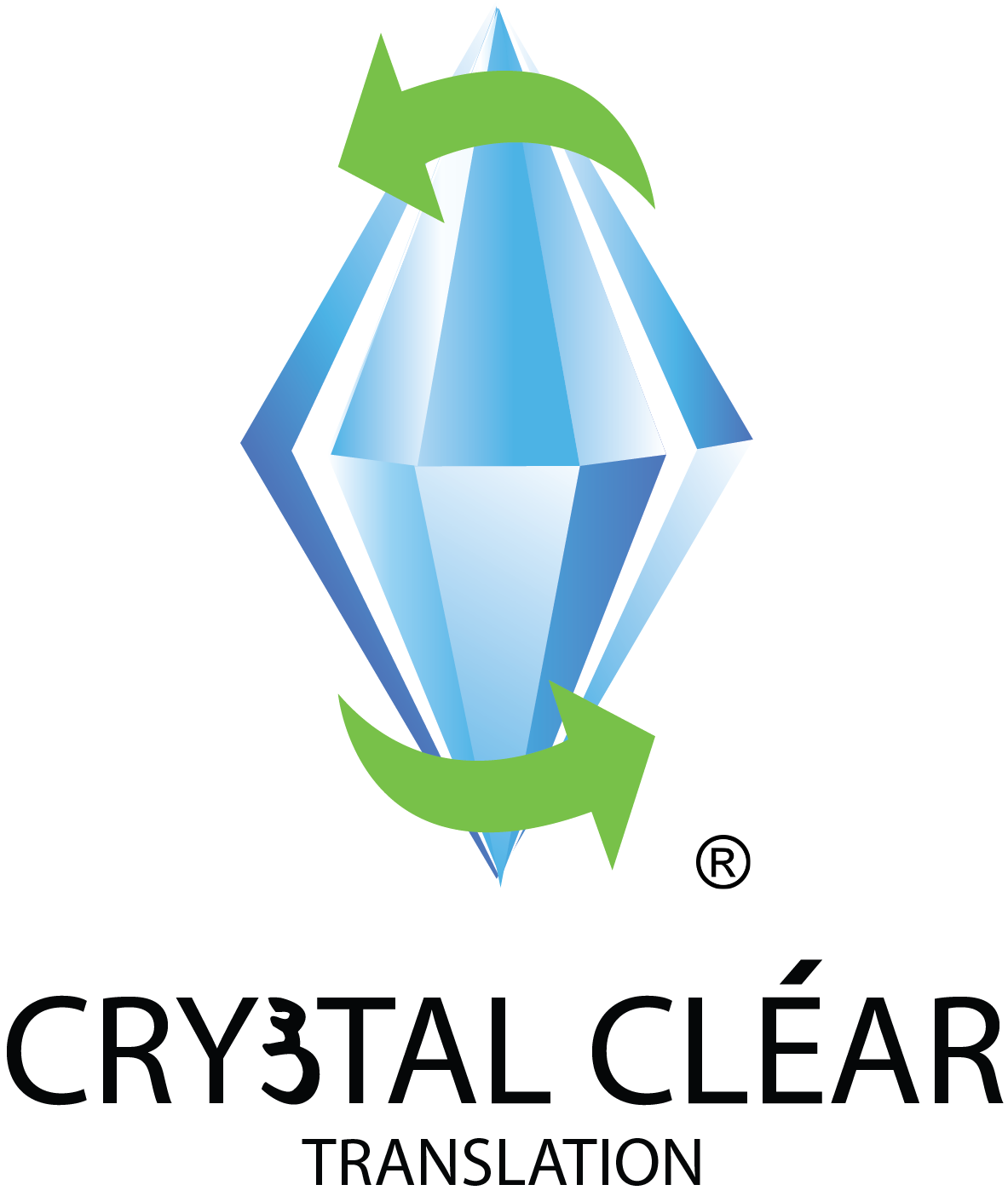Having a command of any foreign language is a huge asset when it comes to career prospects. Many of these career prospects involve some form of translation work and the type of job that can lead to a multitude of diverse opportunities and experiences. Interpreting is one type of translation work, with an increase in demand for interpreters owing to the progressively more dynamic world in which we live, where communication is more important than ever. So, just what is interpreting, and what does it entail? Hopefully, we can tell you.
What is interpreting?
In simple terms, interpreting is the oral version of translation (as opposed to the written form) that involves translating spoken word in real time from one language to the next. Just as with written translation, there are different forms of interpretation, with these different forms suitable for specific situations. Although there are some small variants of individual methods, there are four main ‘styles’ of interpreting.
Simultaneous interpreting
Simultaneous interpreting is when the interpreter must translate a sentence into the target language while listening to the speaker of the source language at the same time. This type of interpretation takes a great amount of skill and practice, as it involves not only memorising what the speaker has said within a few seconds ago, but also reformulating their words into another language as quickly and accurately as possible, while also listening out for the next sentence to translate. Simultaneous interpretation is often the go-to method for large-scale meetings and conferences, hence why it is often called ‘conference interpreting’. Government institutions – such as the European Commission and the UN – normally use simultaneous interpretation, with many people speaking many different languages back and forth. The interpreters themselves are often sat in booths listening to the speaker(s) through headphones and speaking into a microphone that is connected to the earpiece of whoever the translation is provided for. Because of the intense and high-pressure nature of the process, there is often more than one interpreter working at the same time in each booth, taking breaks every 20 minutes or so.
Consecutive interpreting (liaison)
Consecutive interpreting is when the two (or sometimes more) parties speak in turns. First, the speaker (in the source language) will speak for a specific length of time (usually a few minutes) whilst the interpreter takes notes. Once the speaker has finished, the interpreter will interpret what has been said to the audience or sole client. Often, consecutive interpreting is ‘bi-directional’ (or liaison) meaning that the interpreter has to interpret two ways – what the speaker is saying to the receiver and then what the receiver replies to the original speaker. Owing to the nature of this style of interpretation, it is often used in smaller-scale business meetings or in court cases. The main skill required for this method is undoubtedly note-taking and the ability to pinpoint the most relevant information to translate. Although slightly less intense than simultaneous interpretation, the consecutive method still requires a level of speed, as often proceedings will rely on the rapidity and the success of an interpretation, particularly where legal matters are concerned.
Chuchotage (whispered interpreting)
Sometimes more commonly known as whispered interpreting, Chuchotage is a form of interpreting which requires the interpreter to whisper a translated passage in the client’s target language back to them. Chuchotage is classified as a type of simultaneous interpreting due to the fact it takes place as the speaker is also talking. The actual interpreting process can take place in a few ways, one of which requires the Chucoter to be in very close proximity to their client to deliver a clear translation. Or on the other hand, it can take place via a headset. Typically, the process is best suited to smaller client bases, as it is considered such an intimate process. The most common places for Chuchotage to take place include small, guided tours or small meetings.
Pros:
- Having the interpreter in the room present when the speaker is talking means that the client can see the interpreter talking and performing gestures- this offers a good opportunity for the listener to appreciate and take not of facial expressions and body language.
- The fact that Chuchotage is a form of simultaneous interpretation means it is efficient and smooth in its running- meaning it won’t hinder the client in many ways.
- Chuchotage is advantageous in many settings thanks to its low-key set up. It requires little to no equipment or materials, which adds to its efficiency.
Cons:
- The process of delivering the interpreted speech can often be distracting to other people in the meeting.
- Due to the fact that the process is very intimate and requires a high level of presence from the professional, Chuchotage is often one of the most expensive linguistic services you can call upon.
Telephone interpreting
Telephone interpreting is pretty simple in the sense that it is exactly the same as face-to-face interpreting, but the sole difference is it does not require the client and interpreter to be in the same place at the same time. The idea is that the interpreter will relay information in a specific target language to clients over the phone- by doing so the client gains an understanding of what is happening in a certain setting. Some common places for this method to be used includes doctors’ appointments, police stations and sometimes legal settings (lawyer appointments). It can be carried out in two ways; a two way phone call or three or more way phone call.
Two-way phone call- Each individual client will get spoken to separately by the interpreter. This often requires all clients to be together in the same setting.
Three-way (or more) phone call- Every client involved will participate in the same call at the same time. The interpreter acts as a bridge between all parties present.
Pros:
- Face to face interpreting requires the interpreter to travel which can add additional costs to the service, whereas telephone services can be offered remotely.
- It is particularly useful in the current climate with the pandemic- meaning minimal disruption to services.
- It is accessible to a wide range of clients.
Cons:
- Technical errors can make the service inaccessible at certain times.
- The client is unable to see the interpreter meaning they do not get a grasp on body language or facial gestures.
How does one become an interpreter?
Being a language interpreter is a highly skilled occupation, with many rewarding aspects. A love for language is vital if your intention is a pursue a career in the field. Speaking more than one language natively or fluently is often a great place to start. Most of the time, a suitable degree in linguistics and communication is required to enter the field as a professional interpreter, however some speciality fields such as conference interpreting will almost always require a master’s degree.
Final thoughts
There is a vast array of interpretation methods available in the linguistic field. Each technique has its own set of pros and cons, meaning that one size does not fit all. It is a good idea to shop around for a service that best suits your needs. Consider your needs as a client and which method would be most effective based upon your requirements.
Should you be interested in an interpreting service from Crystal Clear Translation, visit our website for a quote.


